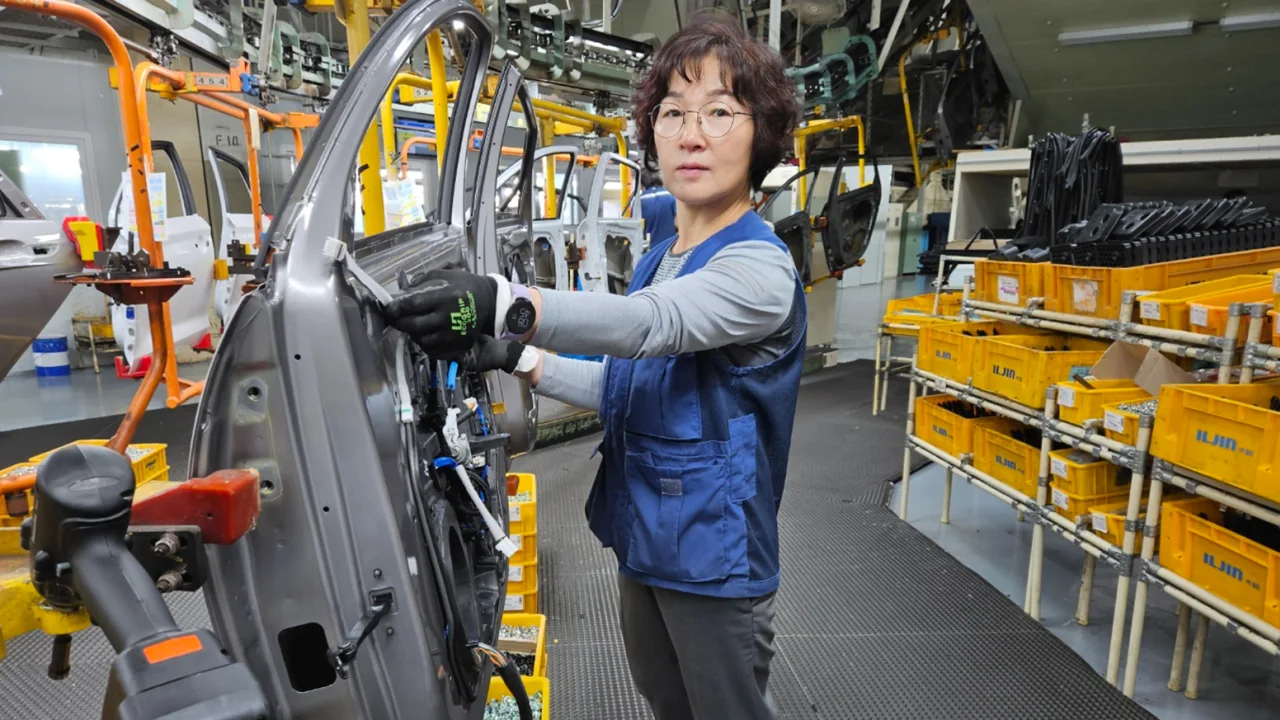South Korea failing women in the workplace

When Hwang Ji-sun, 52, first joined the assembly line at South Korean carmaker Hyundai 22 years ago, women like her had it tough.
She recalls that there weren’t enough bathrooms for them, and female technicians were paid less than their male colleagues because they were only hired as contractors from staffing companies, not as employees.
According to the Korea Metal Workers’ Union, Hyundai only hired female factory workers directly this summer for the first time since 1967. In July, six women technicians were hired by the company.
It was a hard-won, albeit grudging, victory for Hwang, who became a staffer six years ago.
The company almost seemed to make the decision since it couldn’t ignore the social pressure and wanted to showcase recruitment this time.
The auto giant had been under pressure from unions and activist groups for years to improve inclusion at what they called its “male-dominated sites.”
South Korea, which has the highest wage gap among all members of the Organisation for Economic Co-operation and Development (OECD), has been sparked by news of the hirings.
The country is one of the world’s most advanced economies, but experts say women still don’t get the same opportunities as men, and are rarely represented in boardrooms or factories.
According to Jung Sungmi, a research fellow at the Korean Women’s Development Institute, Korean society still classifies jobs by gender, and Hyundai Motor’s case shows this. Cultural attitudes that some jobs should be carried out by men are reflected in Hyundai Motor’s case.
She added that even though Hyundai’s latest move is largely symbolic for now, it could pave the way for a trend away from fixed gender roles at work.
